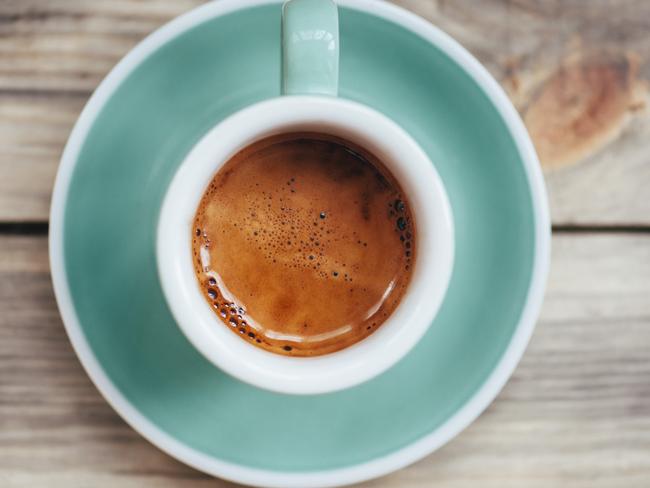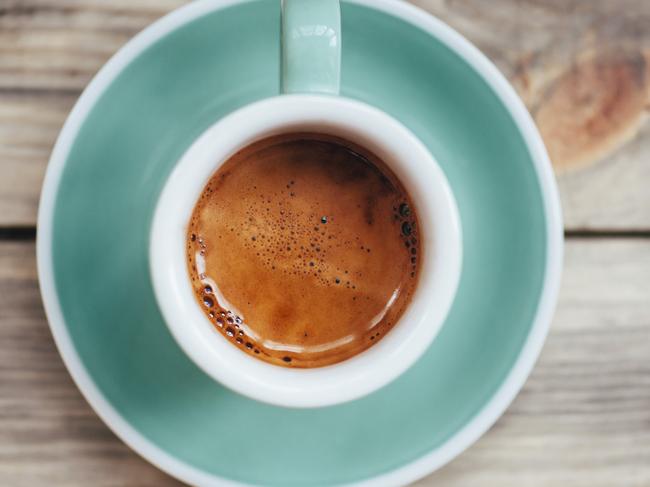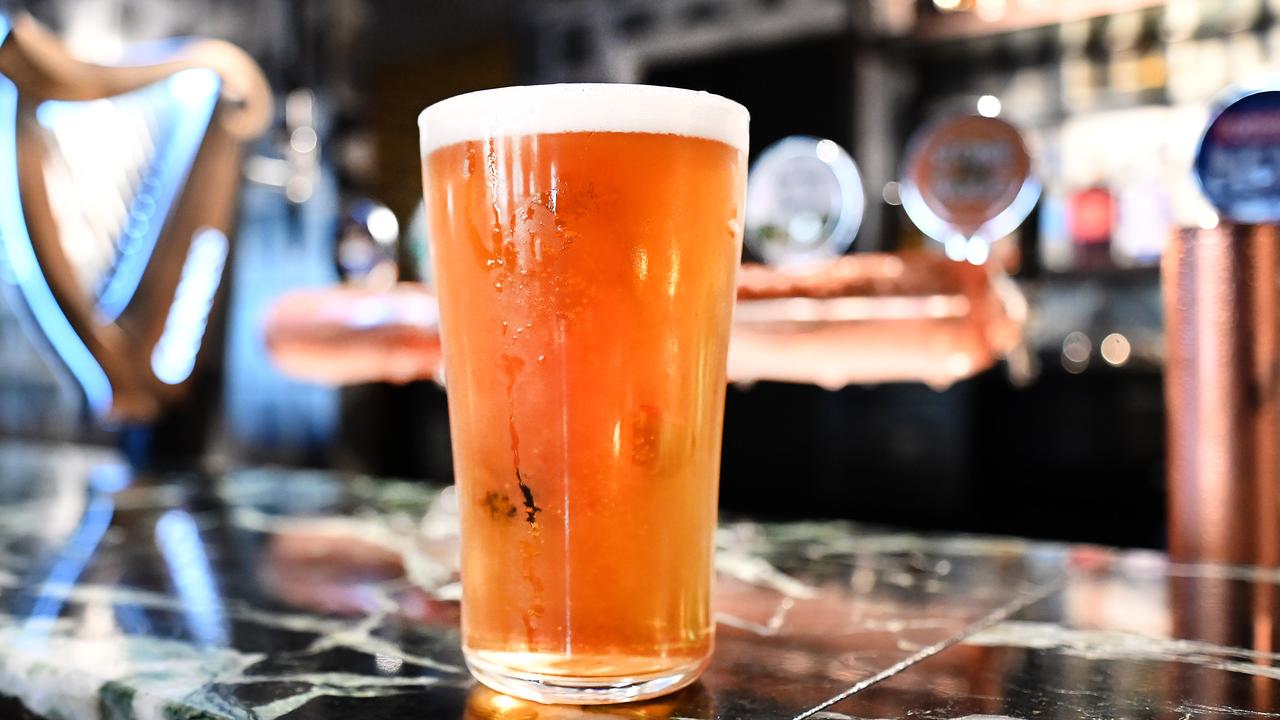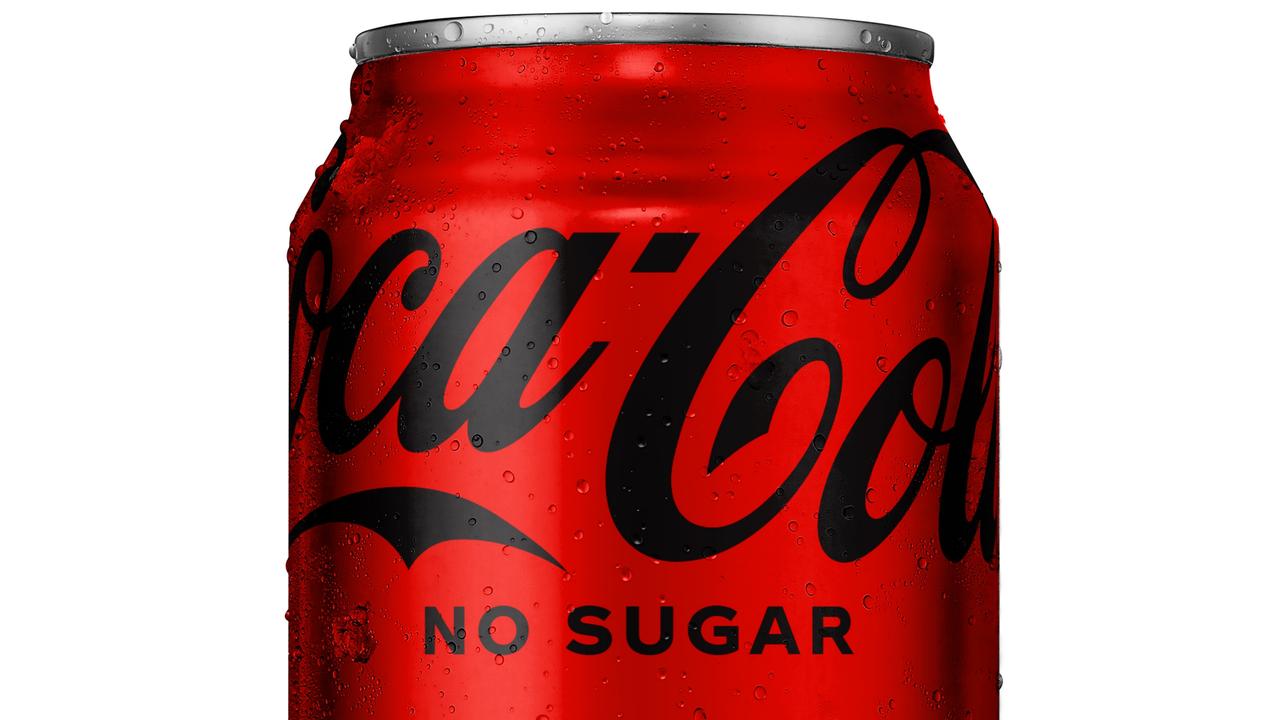Coffee study measures caffeine content to see what packs the most punch
IF you enjoy brewing your own coffee, this study has figured out how much caffeine is it and how much you can drink.

Drinks
Don't miss out on the headlines from Drinks. Followed categories will be added to My News.
NEED a quick caffeine hit?
A new study has figured out which coffee will pack the most punch for your pick me up.
The Australian research investigated five popular types of coffee brewing methods and found that espresso contains the highest concentration of caffeine.
Researchers measured the caffeine content of espresso, stovetop espresso, pour over or filter brew, cold brew and French press or plunger.
The strongest brew was the espresso method which extracted 4200mg of caffeine per litre.
Next was the cold brew at 2240mg per litre, followed by the stovetop method with 2192mg per litre, French press at 742mg per litre and pour over at 692mg per litre.

They said there was a lack of existing information about caffeine content in espresso coffee and alternative brew methods so they wanted to fill in the gaps.
Ravelle King, project manager of the study at Crema Coffee Garage, said while caffeine analysis of espresso has been explored, there was little information about other methods.
“The results of this study are a guide to understanding which brew methods produce more or less caffeine, allowing consumers to make more informed decisions about how they consume coffee,” she said.

Using a Colombian single origin bean to minimise variability in the results, the caffeine analysis was led by University of Newcastle chemist Dr Ian van Altena.
Although espresso contains the most caffeine when compared millilitre to millilitre (ml) with other brew methods, Australians typically consume more than the recommended serving size of alternative methods.
“There is no uniform serving size for all methods and each brew is served differently, which increases the amount of caffeine per serve,” Ms King said.
“For example, the average person will serve the entire contents of a three cup stovetop in an 8oz cup, which is double the caffeine content compared with an espresso in the same size cup,” Ms King said.
“The recommended small serving size before adding extra water or milk is 30ml for espresso, 30ml for stovetop, 60ml for cold brew, 100ml for French press and 250ml for pour over.
“Based on an 8oz cup (250ml) and these recommended serving sizes, consumers can drink three cups of espresso, five cups of stove top espresso, two cups of cold brew, five cups of French press or two cups of pour over before exceeding the recommended maximum caffeine intake of 400mg per day.”
Ms King said that it was important to contextualise caffeine content according to how different markets consumed their coffee.
“We intend to provide all the data from this project to the Australian market, so that consumers can better understand coffee and their caffeine consumption and make more informed decisions about their intake,” Ms King said.
Originally published as Coffee study measures caffeine content to see what packs the most punch


